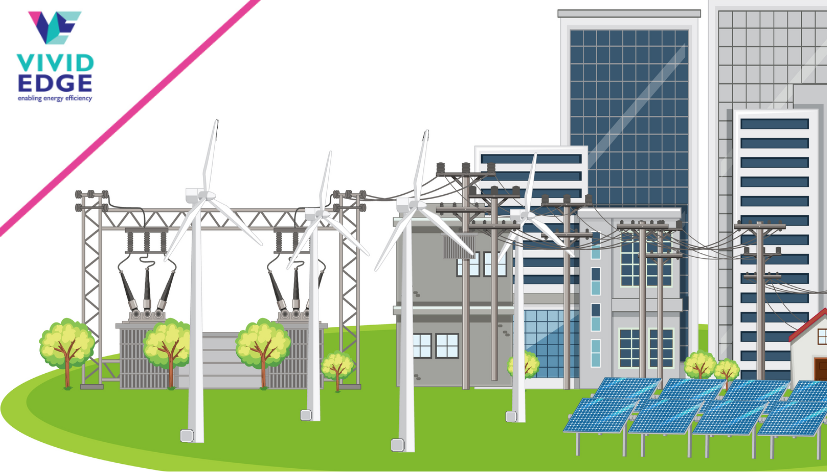My twins were just one day shy of their first birthday when I noticed them winding each other up for the first time. My son stood up on one of those little IKEA children’s chairs and held his sister’s favourite teddy high above his head out of her reach. She wailed briefly, paused, looked around, picked up the puzzle he had been playing with and flung it as far as possible away from their gated play area and grinned. All hell broke loose and the birthday cakes (yes, there were two of them) nearly burned in the oven as I dealt with the fallout.
Fifteen years later they are a highly competitive pair, and can still wind each other up in an instant. But they can work together in partnership when they see a mutual benefit. They can move between competition and partnership to get the best out of any given situation. Usually the partnership scenario involves having a common goal, typically persuading an unwavering parent to agree to what they see as a reasonable request and we see as being absolutely out of the question. The common goal can be as simple as escaping the after-dinner clean up, when they miraculously disappear for a post-prandial pow-wow on the trampoline, safe in the knowledge that the adults would rather do the entire clean-up on our own than call the temporarily cooperating teenagers indoors only to have them bicker loudly and incessantly over whose turn it is (or is not) to sweep the floor.
Partnership is one of our core values at Vivid Edge. We believe in scaling our business through doing repeat business with valued customers and suppliers. We may start with an energy efficient lighting project and proceed to HVAC and CHP projects in the same location, or we may start with a water treatment solution in one country and replicate it across a customer’s global footprint. Or we may work with a supplier who then introduces us to some of their other customers. That repeat business is key to our growth, and that does not happen unless we are, and work with, good partners.
So, what does that mean for us? We believe there are four key strands to any good partnership, whether personal or business:
- Shared benefit
There must be value to be had for all parties – a “win-win” opportunity. In agreeing the terms of a transaction, squeezing a customer or supplier, or them squeezing us for that matter, to a point of pain is not conducive to a happy long-term relationship. There must be a fair balance of power and control. The reward should be shared in proportion to the risk, and benefit from a project, and everyone should feel fairly treated. - Shared vision
All parties should have a common understanding of a successful outcome of a project. If expectations are aligned in advance, the parties are more likely to be ready and able to help each other win. Roles and responsibilities are clearly outlined, and we each need to be accountable to the other. - Communication
No relationship is all sunshine, but where the vision has been agreed at the outset, openness, transparency, and a willingness to have difficult conversations early on can ensure any issues are quickly resolved. - Learning
We like to plan, then do, then review. However well a project goes, there is always an opportunity to learn and grow. The key is to remember to review the lessons learned before undertaking the next project, rather than let them sit neatly typed in a file on a hard drive where no one remembers filing them.
Sixteen years of watching my children develop their relationship as twins, one of the closest partnerships imaginable, has taught me much about working successfully together. I see how almost anything can be achieved when people combine complementary skills and experience to address a common goal. I’m delighted to have found business partners who are just as committed to this core value as I am, both as colleagues working together to build a business and as service providers to our customers.



